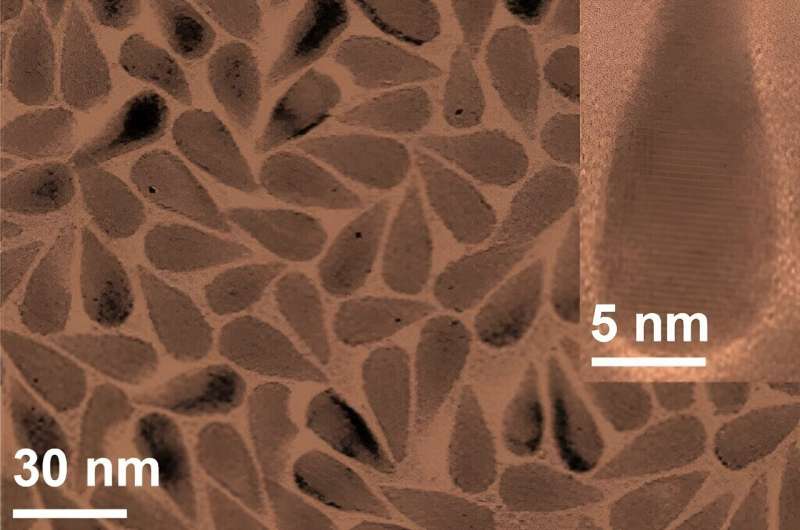In the ongoing battle against COVID-19, vaccines have been instrumental in preventing severe cases of the disease. However, breakthrough infections still occur, especially among vulnerable populations such as the elderly. Moreover, the emergence of new variants presents challenges for existing treatments and vaccines, necessitating the development of innovative approaches to combat the virus. A recent study led by researchers at the University of Michigan and Jiangnan University in China has unveiled a promising strategy using teardrop-shaped nanoparticles to target multiple strains of the SARS-CoV-2 virus. This groundbreaking research offers hope for complementing existing treatments and bolstering our arsenal against COVID-19.
Understanding the Need for Novel Treatments: While vaccines have been successful in reducing the severity of COVID-19 cases, they are not foolproof, particularly in high-risk individuals. Additionally, the continuous evolution of the virus poses a threat to the efficacy of existing vaccines and treatments. As such, there is an urgent need for alternative therapies that can effectively target multiple strains of the virus and provide protection against breakthrough infections. The development of such treatments is crucial for mitigating the impact of the pandemic and safeguarding public health.
Introducing Teardrop-Shaped Nanoparticles: The study introduces teardrop-shaped nanoparticles designed to inactivate multiple strains of the SARS-CoV-2 virus. These nanoparticles offer a novel approach to combating COVID-19 by targeting a fundamental aspect of the virus—the spike protein. By leveraging the unique chirality of the spike protein, the nanoparticles can effectively bind to and neutralize the virus, preventing it from entering human cells. This innovative strategy holds promise for enhancing the efficacy of existing treatments and reducing the risk of severe illness in vulnerable populations.
Harnessing Chirality for Virus Neutralization: Chirality, or the direction of twist in molecular structures, plays a crucial role in the interaction between nanoparticles and the SARS-CoV-2 spike protein. The spike protein exhibits a left-handed twist, which aligns perfectly with the left-handed twist of the nanoparticles. This matching chirality enhances the binding affinity between the nanoparticles and the virus, making it more difficult for the virus to infect host cells. By exploiting this inherent property of the virus, researchers have developed a targeted approach to neutralizing multiple strains of SARS-CoV-2.
Experimental Validation: The efficacy of the teardrop-shaped nanoparticles was validated through rigorous experimentation, including in vivo studies in mice infected with pseudoviruses bearing different strains of the virus. Remarkably, the nanoparticles demonstrated a high level of effectiveness in clearing the virus from the lungs of infected mice and conferring resistance to infection for up to three days. These findings underscore the potential of nanoparticle-based therapies as a promising avenue for COVID-19 treatment.
Future Directions and Challenges: While the results of the study are promising, several questions remain unanswered, including the long-term safety and efficacy of nanoparticle-based treatments in humans. Further research is needed to assess the pharmacokinetics, biodistribution, and potential side effects of these nanoparticles. Additionally, efforts should be made to optimize the design and fabrication of nanoparticles for clinical applications. Despite these challenges, the development of teardrop-shaped nanoparticles represents a significant step forward in the fight against COVID-19 and offers hope for the development of effective treatments for current and future pandemics.
The emergence of teardrop-shaped nanoparticles as a potential treatment for COVID-19 marks a significant advancement in the field of nanomedicine. By targeting the chirality of the SARS-CoV-2 spike protein, these nanoparticles offer a promising approach to neutralizing multiple strains of the virus and reducing the risk of severe illness. As researchers continue to explore the therapeutic potential of nanoparticles, there is optimism that these innovative treatments will play a crucial role in overcoming the challenges posed by the COVID-19 pandemic. With further research and development, teardrop-shaped nanoparticles may emerge as a valuable addition to our arsenal against COVID-19 and other infectious diseases.
